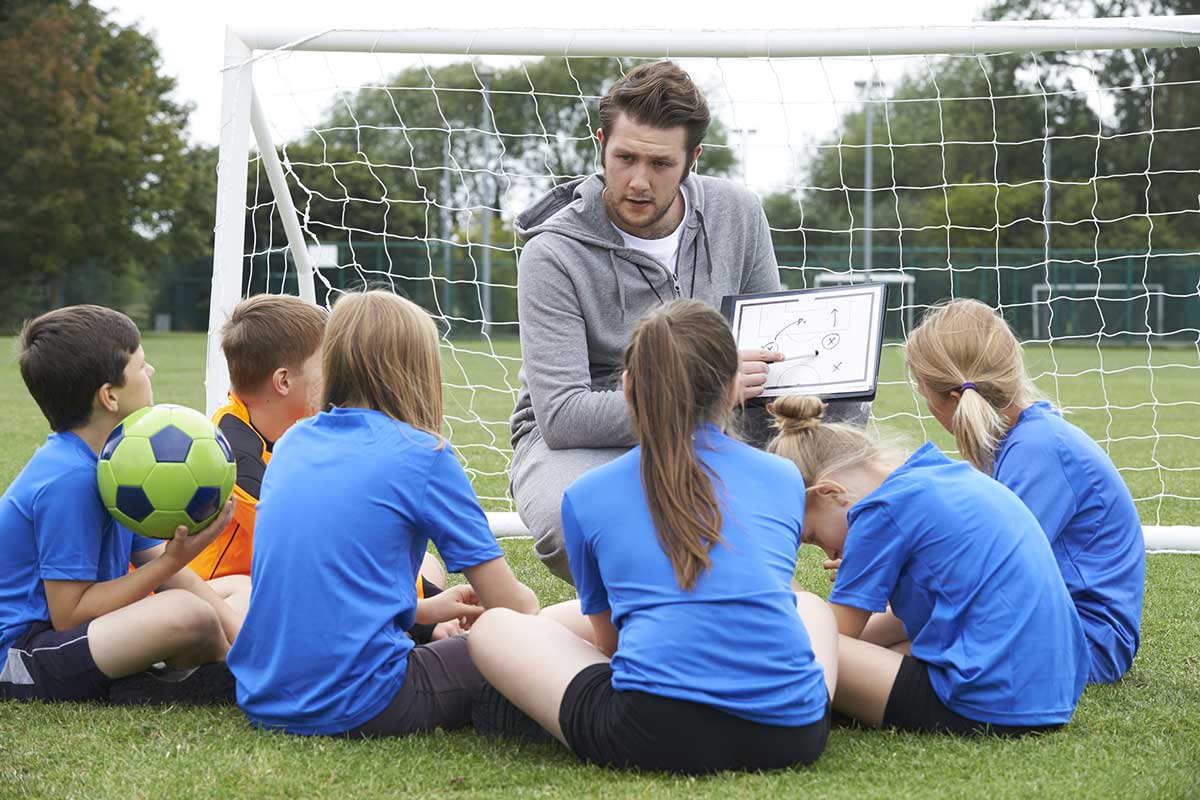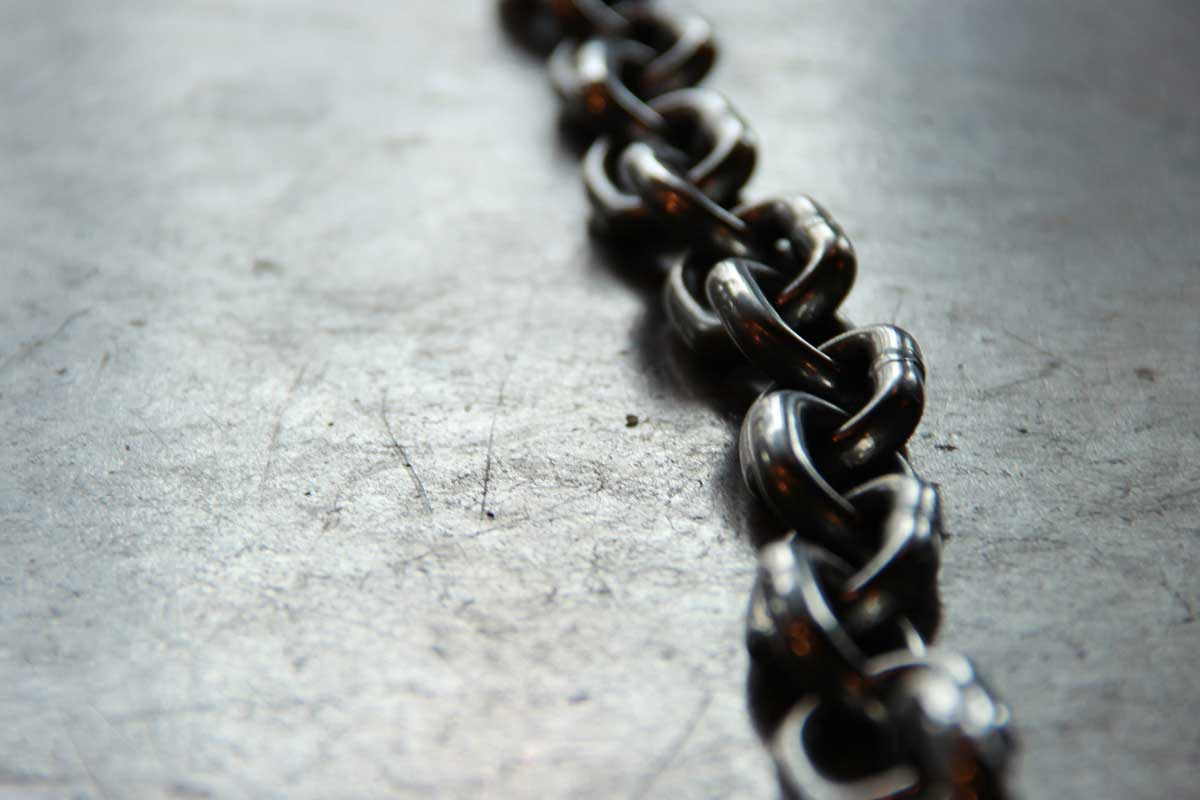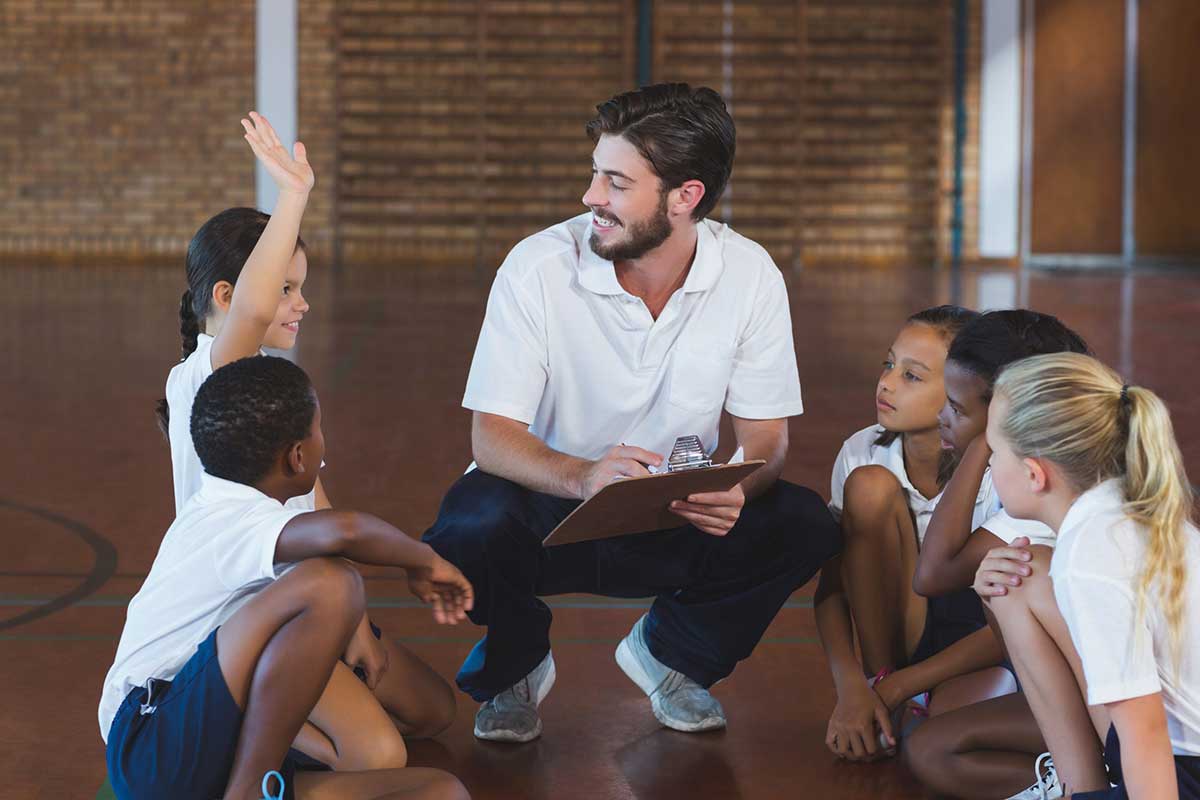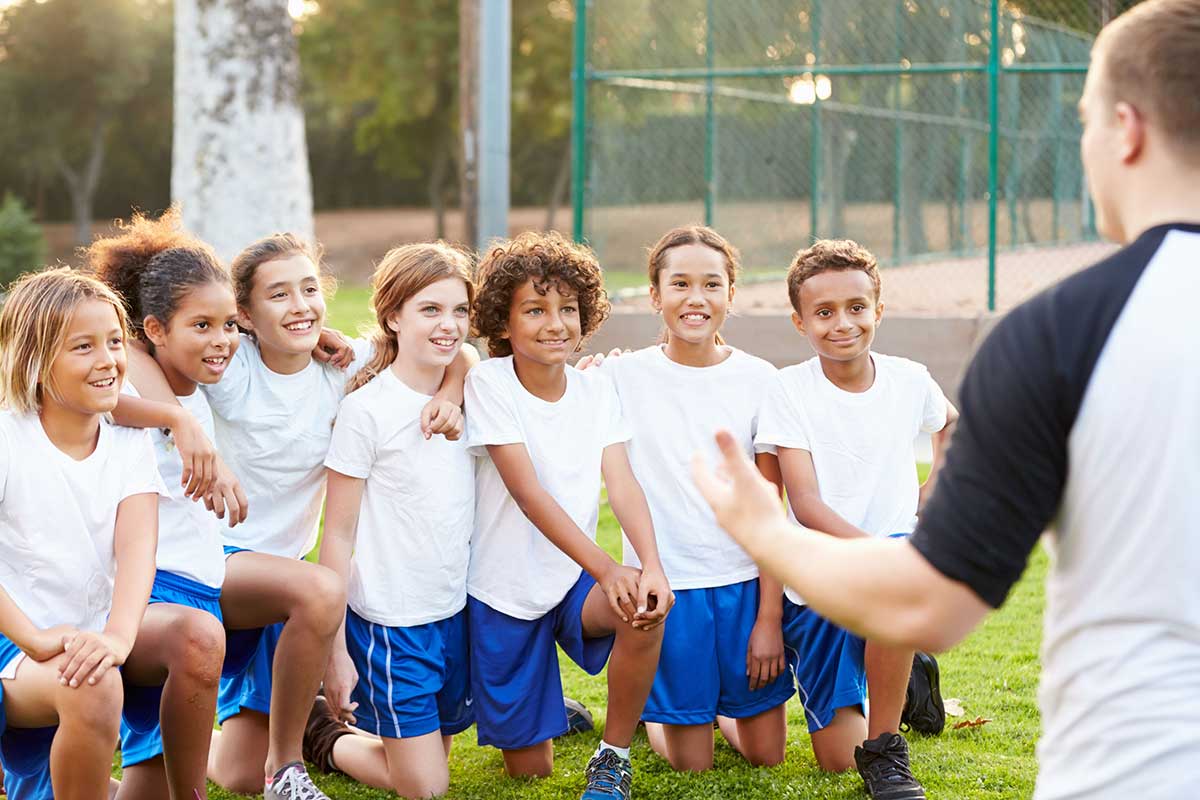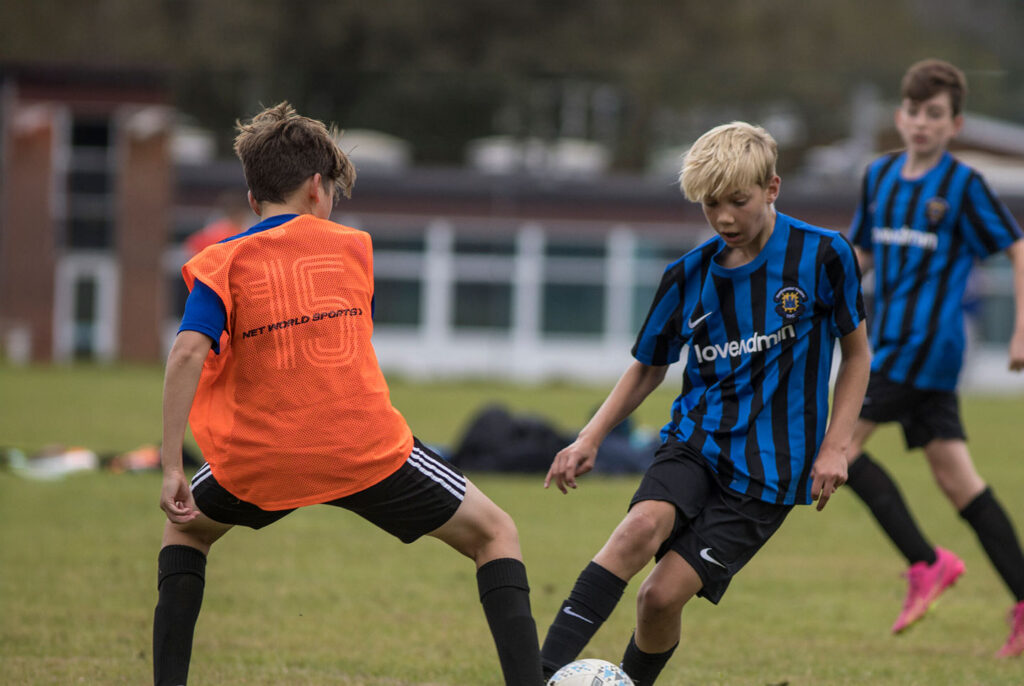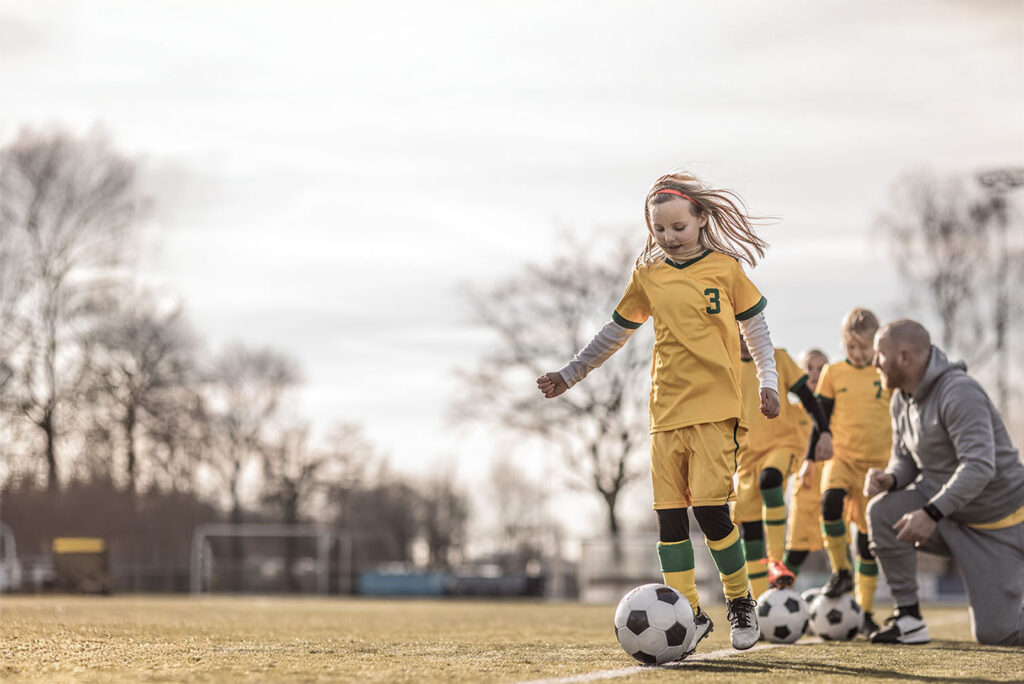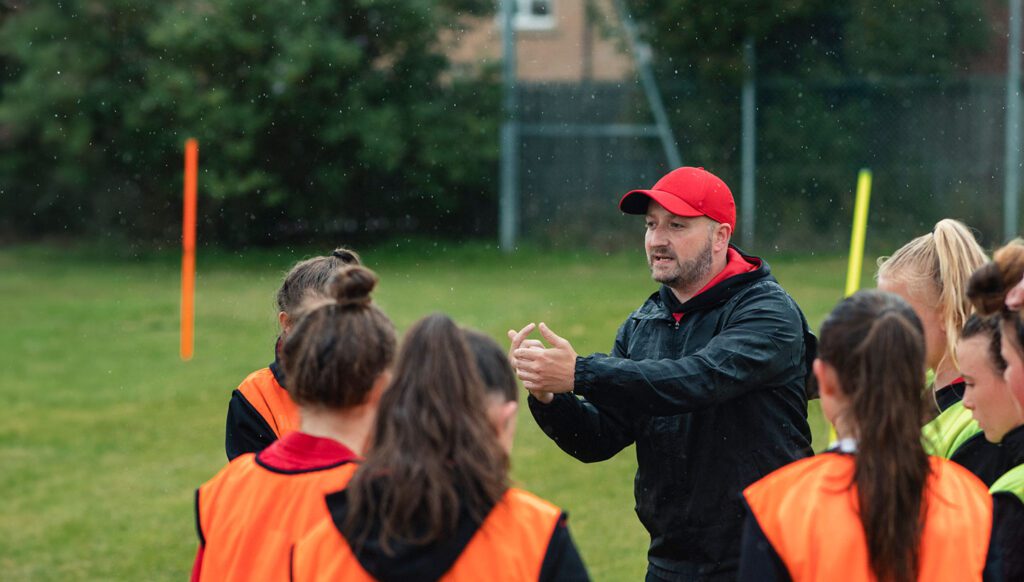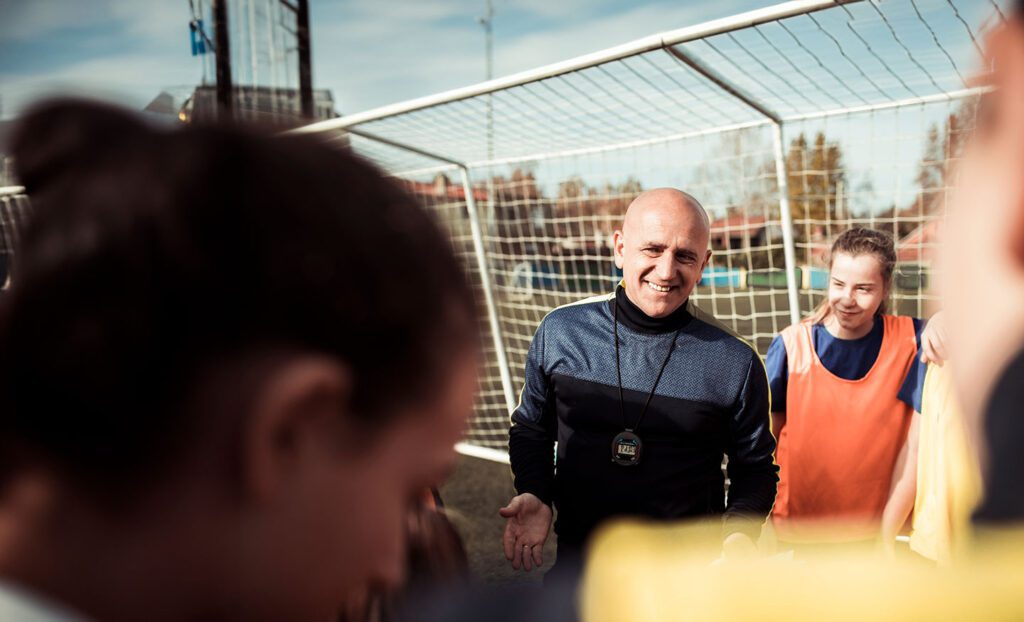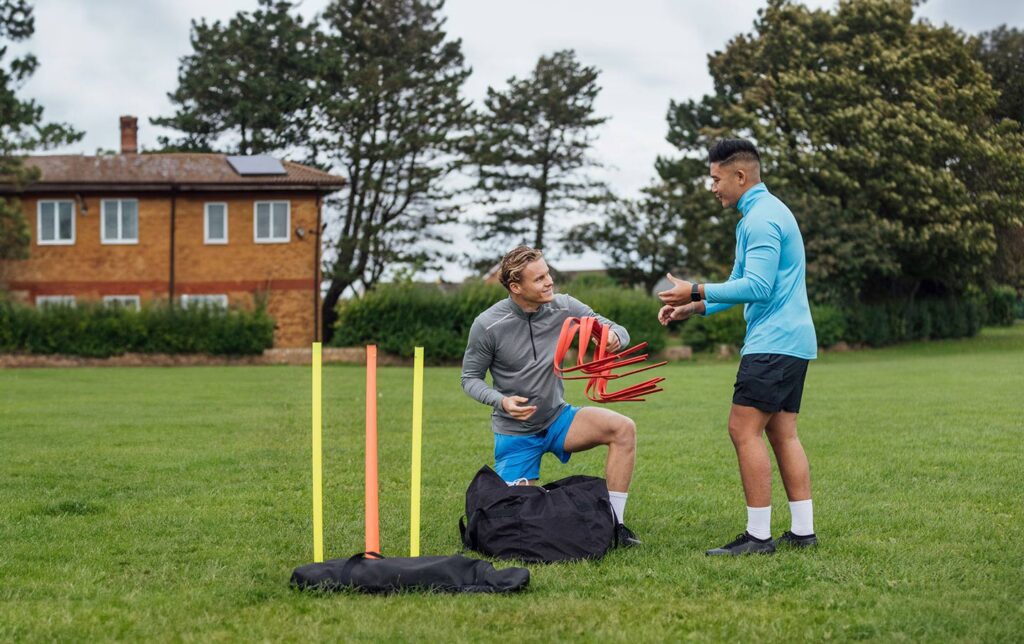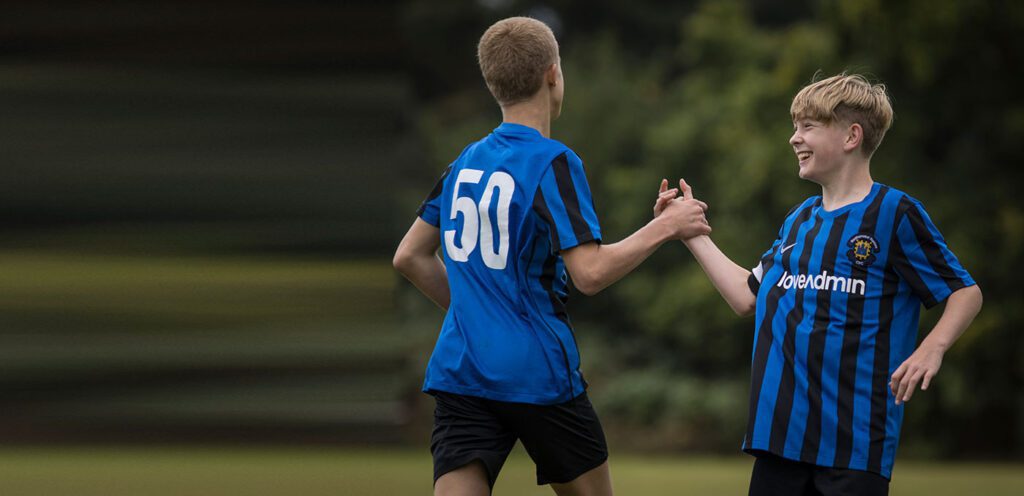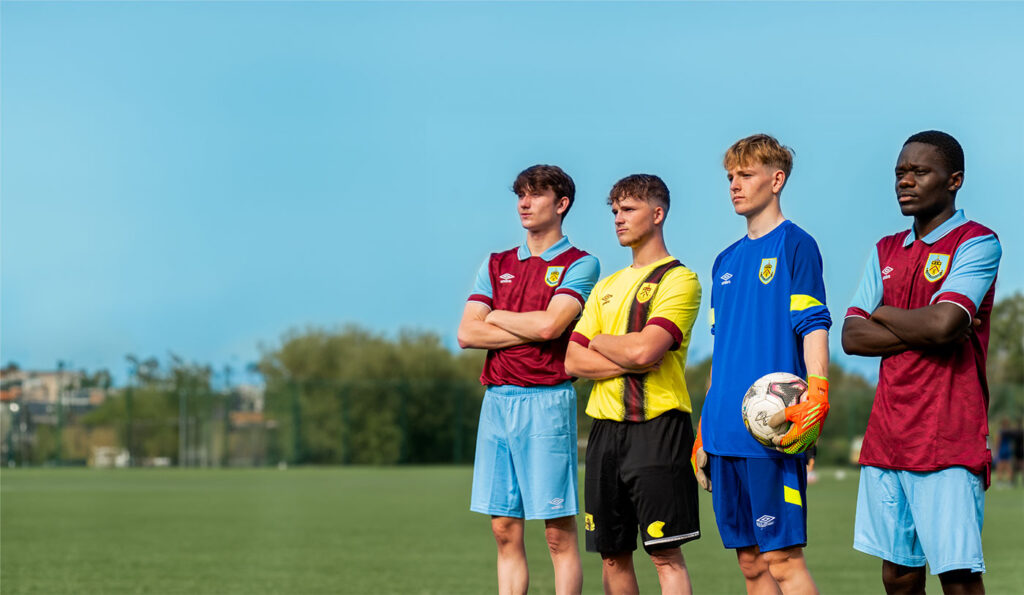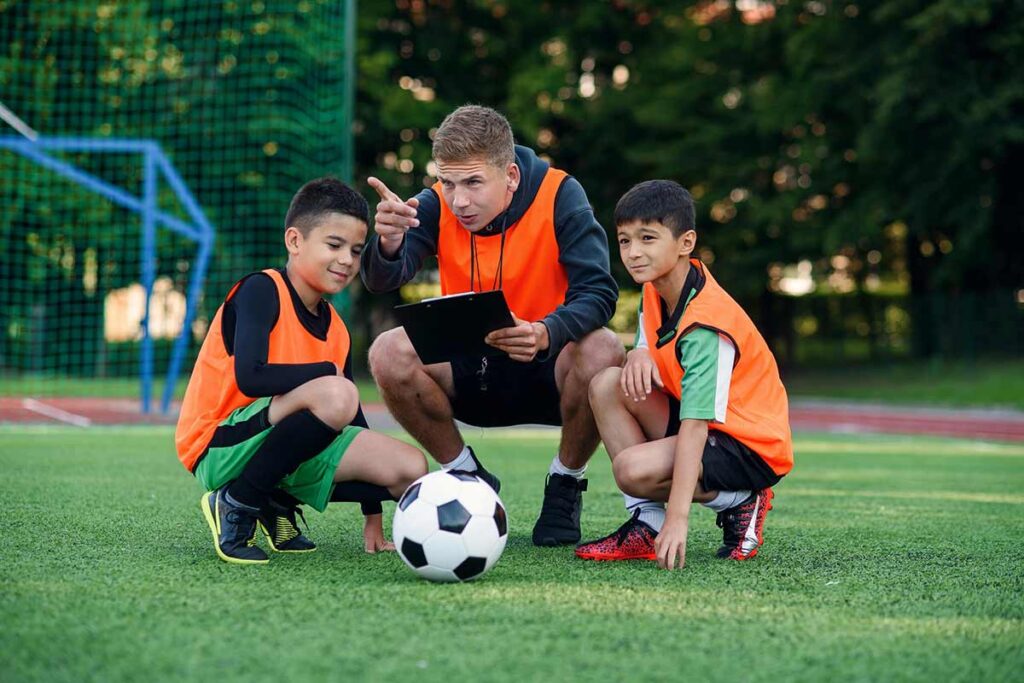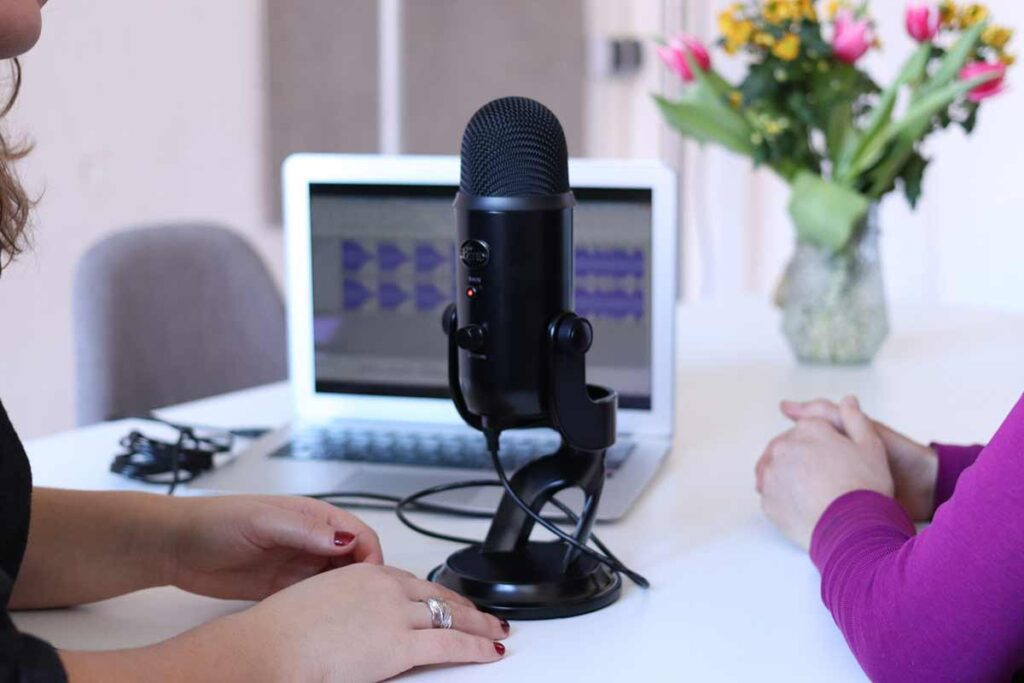At your grassroots club, do you pay as much attention to psychological athlete preparation as you do to physical prep?
Many clubs focus their efforts on ensuring athletes’ bodies and muscles are ready to perform at their best. But what can sometimes be neglected is building their mental strength too.
As we discussed in our previous article, Understanding stress within sports organisations, if an athlete is not mentally prepared to cope with high-stress situations, such as competitions and matches, then that can negatively impact their physical performance.
Therefore, it’s not just important that you’re building your athletes’ mental strength for their own wellbeing, but also to allow for maximum physical success too.
In this article, we explore how you can ensure your athletes are both physically and mentally strong.
Psychological prep is just as important as physical prep
While both forms of athlete preparation are just as important as each other, physical prep is often understood and implemented to a higher quality at sports clubs.
Coaches know exactly how to build athletes’ physical skills and abilities; whether that’s by increasing repetitions or the number of sets, for example. There’s a multitude of techniques for all sports, making it easy to implement.
However, when managing the athletes’ psychological load, there tends to be a lack of understanding and knowledge. One of the pieces of advice we shared in our ‘Understanding stress’ article is to replicate high-stress scenarios in everyday training sessions. For example, holding mock competitions or tournaments with local clubs, to help athletes become accustomed to the environment.
Build physical and psychological strength in waves
It’s important that you don’t overload athletes with both physical and psychological stress at the same time. Ensure the stress input is balanced; building up physical strength first, then working on mental strength next. This helps to avoid injuries and, ultimately, breakdowns.
A good way to visualise this work is to separate the physical and the mental preparation into two waves, like this:
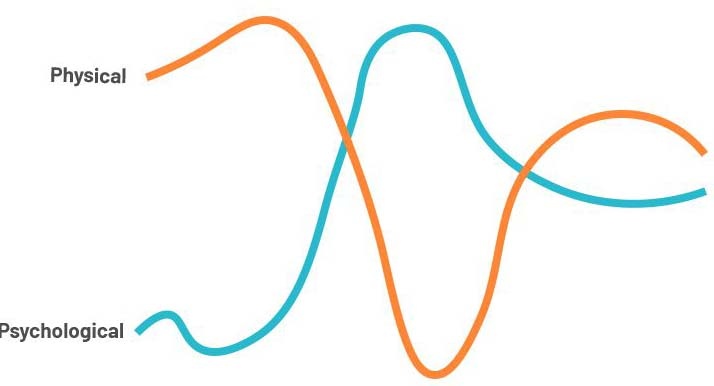 So, as you increase the amount of skill and strength-based prep in the lead up to a high-stress event (a competition, match, or tournament for example), you should allow the mental stresses at training to calm a little. Essentially, the more physical prep you do, the less psychological work you should do – and vice versa.
So, as you increase the amount of skill and strength-based prep in the lead up to a high-stress event (a competition, match, or tournament for example), you should allow the mental stresses at training to calm a little. Essentially, the more physical prep you do, the less psychological work you should do – and vice versa.
Then, as you get closer to the event, you should slow down the physical prep, and focus more on getting the athletes ready for the mental stresses they’ll encounter. For example, there may be a crowd at the event – something they’re potentially not used to. If so, run a mock event like we discussed, and invite parents to watch to get them used to having an audience.
Athlete maturity impacts their physical and psychological strength
Before creating psychological preparation plans, make sure you consider your athletes’ ages – and more importantly, their stage of maturation. That’s because within a group of 10 year olds, for example, some athletes will be very psychologically mature. But others will be at the lower end of the scale.
You, therefore, need to approach this planning on an individual, case-by-case basis – with personalised preparation plans. You know your athletes well, so start off by splitting them into groups of those with similar mental maturity – such as the Red Group (a lot of mental strength training required), through to the Purple Group (little psychological training required).
–
Overall, to ensure your athletes are as strong mentally as they are physically, you need to:
- Make sure you don’t overload both physical and psychological stress for a continued period of time
- Work in waves – when the psychological stressors are high, make sure the physical ones are not
- Tailor your psychological preparation to the athlete’s age and maturity
- Finally, and most importantly, you must not neglect either forms of athlete preparation; they both require a lot of thought, and a lot of planning
This article was based on a live video hosted by Alex Row, LoveGymnastics Community Ambassador. If you’re involved with a grassroots club and want to be part of the discussion, join our dedicated Facebook Communities:
